Occupational safety training for operating hydraulic presses
99,000 ₫
Note: The above price is calculated per person. Prices may vary depending on the number of participants in the course and market fluctuations. For more accurate pricing information, please refer to the pricing table or contact our consulting staff directly.
Occupational safety is an important issue when operating hydraulic presses and must be addressed promptly to ensure the health and safety of workers and enhance the reputation of businesses here. The Occupational Safety Training course is one of the effective solutions to raise awareness among workers on how to prevent workplace accidents when operating hydraulic presses.
Table of Contents
Toggle1. Overview of Hydraulic Press
a. What is a Hydraulic Press?
A hydraulic press is an industrial device used to generate pressing force by using hydraulic oil or other fluids to apply pressure on materials. This equipment is commonly used to press or bend metal materials, such as steel, aluminum, copper, and many other materials.
The operation of a hydraulic press involves using a hydraulic pump to generate pressure in the hydraulic fluid system. This pressure is then transmitted through pipes to a hydraulic cylinder or clamp to apply force or bend the material.
Hydraulic presses have a wide range of applications across different fields, including manufacturing, automotive production, construction, mechanical engineering, and more. They provide an efficient way to perform tasks requiring high force and precision on metal materials.

b. Applications of Hydraulic Press in Production
Hydraulic presses have many important applications in manufacturing and industry due to their ability to generate strong and reliable pressing force. Key applications include:
- Metal shaping and forming: Hydraulic presses are used to press, bend, and shape metal sheets to produce components and fabricated products such as automotive parts, pipes, and casing materials.
- Pressing and combining materials: Hydraulic presses can be used to join different materials together or press large materials into a complete product. For example, in woodworking, they are used to press wood sheets into thicker boards or to join different wood components.
- Plastic and rubber pressing: In the plastics and rubber industry, hydraulic presses are used to produce products like tubes, sheets, and components from plastic and rubber materials.
- Ceramics shaping: Hydraulic presses are also used in ceramics manufacturing to produce items such as bowls, plates, and decorative pieces.
- Wheel and assembly production: In automotive production, hydraulic presses are used to shape and press components of steering systems, wheels, and other parts.
- Machinery component manufacturing: Hydraulic presses provide the capability to produce complex machinery components, including parts for industrial equipment and machine tools.
- Specialized applications: Hydraulic presses are used in other specialized applications, such as metal packaging production, electronic component manufacturing, and even in food processing to extract products like fruit juice.

c. Industries Using Hydraulic Press
Hydraulic presses are widely used in various industries, including:
- Automotive industry: Hydraulic presses are used to manufacture automotive components such as vehicle frames, steering parts, and other components.
- Metal industry: Metal production and processing, including pipes, rods, and metal components, often use hydraulic presses for bending, pressing, and shaping.
- Manufacturing industry: Hydraulic presses are used to produce fabricated products, including parts for machinery, industrial equipment, and other manufactured goods.
- Wood industry: In woodworking, hydraulic presses are used to press wood into boards or combine wood components.
- Plastic and rubber industry: Hydraulic presses produce plastic and rubber items such as tubes, sheets, and parts.
- Ceramics industry: In ceramics production, hydraulic presses can produce bowls, plates, and decorative items.
- Electronics industry: Hydraulic presses are also used in the production of electronic components and parts.
- Renewable energy: Production of components for renewable energy systems, such as wind turbine parts and solar energy equipment, uses hydraulic presses to produce necessary components.
- Food industry: Hydraulic presses can be used in food production, such as extracting fruit juice or oil.
In summary, hydraulic presses are essential tools in many manufacturing sectors, enabling the production of diverse products and components for various applications.
2. Overview of Safety Training for Hydraulic Press Operation
a. What is Occupational Safety Training?
- Occupational safety training for operating hydraulic presses consists of courses that equip workers with knowledge on preventing workplace accidents. Employees who work directly with hydraulic presses belong to group 3.
- Safety training helps workers recognize and avoid hazards, reducing the risk of workplace accidents during operation.
REGISTER FOR OCCUPATIONAL SAFETY TRAINING SERVICE
b. Training Duration
Initial safety training duration:
- Total training hours are at least 24 hours, including exam time.
- 8 hours of theory on occupational safety policies and laws
- 8 hours of theory on basic occupational safety knowledge
- 4 hours of theory on specialized training content
- 2 hours of practical training on specialized content
- 2 hours of final theoretical examination
The safety training center distributes training sessions based on worker schedules. Typically, there are 6 sessions over 3 days, provided the company arranges continuous learning time.
Periodic safety training duration:
- Before the occupational safety card expires, employees must complete periodic occupational safety training, with periodic training time at least 50% of the initial training duration.
Explanation: The total duration of periodic occupational safety training is at least 12 hours, including exam time. After completing the course and passing the test, the employee’s safety card is renewed.
c. Training Content
| No. | TRAINING CONTENT | TRAINING HOURS | |||
| Total | Including | ||||
| Theory | Practice | Exam | |||
| I | Occupational safety policies and laws | 8 | 8 | 0 | 0 |
| 1 | Overview of regulations and legal documents on occupational safety. | 6 | 6 | ||
| 2 | Standards and technical regulations on occupational safety. | 1 | 1 | ||
| 3 | Specific regulations from state authorities regarding safety during construction, expansion, or renovation of production facilities, and for machines, equipment, and materials with strict safety requirements. | 1 | 1 | ||
| II | Basic knowledge of occupational safety | 8 | 8 | 0 | 0 |
| 1 | Basic knowledge of hazards and harmful factors in the workplace. | 4 | 4 | ||
| 2 | Methods to improve working conditions. | 1 | 1 | ||
| 3 | Safety culture in manufacturing and business. | 1 | 1 | ||
| 4 | Rights and responsibilities of employers and employees; safety policies; role of safety networks and officers. | 1 | 1 | ||
| 5 | Occupational safety rules, signs, and use of safety equipment and personal protective gear; first aid and occupational disease prevention. | 1 | 1 | ||
| III | Specialized training content | 6 | 4 | 2 | 0 |
| Comprehensive knowledge of machines, equipment, and hazardous materials; risk assessment and management; safe working procedures with machines and materials requiring strict safety. | 6 | 4 | 2 | ||
| IV | Final exam for training course | 2 | 2 | 0 | 0 |
| Total | 24 | 22 | 2 | ||
See more training content of the 6 groups
d. Occupational Safety Card
After completing the occupational safety training and passing the exam, employees will be issued an occupational safety card (commonly called safety certificate group 3).
The group 3 safety card clearly shows information such as full name, date of birth, job, and working environment. It also includes training duration, official stamp, and signature confirming completion.
According to regulations in Clause 2 of Article 24, Decree 44/2016/ND-CP, there are two cases:
- If there is an employment contract between employer and employee, the employer must sign, stamp, and validate the safety card for the employee after completing training and passing the exam.
- If the worker is freelance or temporary without an employment contract, the training unit must sign, stamp, and validate the safety card after training and passing the exam.

3. Hazards When Operating a Hydraulic Press Machine
Operating a hydraulic press machine can involve many hazards if not performed correctly or if safety rules are not followed. Below are some common hazards when operating a hydraulic press machine:
- Hydraulic oil explosion: The hydraulic system in the press can explode if the pressure is too high or if there is an oil spill contacting a heat source. This can result in serious injury and fire.
- Press overload: Using the press with pressure or force exceeding the machine’s capacity can cause machine damage or even accidents for operators.
- Loss of pressure control: If the hydraulic press is not maintained and checked regularly, loss of pressure control can occur, leading to dangerous situations.
- Unsafe materials: Using unsafe or poor-quality materials can cause malfunctions and accidents.
- Excessive speed: Operating the hydraulic press at too high a speed can result in loss of control and hazardous situations.
- Equipment failure: Hydraulic presses can malfunction or experience technical failures. If not properly maintained or inspected before use, the equipment may cause accidents.
- Unsafe operation: Operators must be fully trained on how to use the hydraulic press and follow safety rules. Failure to follow safety rules can lead to serious accidents.
- Ignoring environmental factors: The working environment must also be considered, including changes in temperature, humidity, and unsafe working conditions.
To reduce the risk of accidents when operating a hydraulic press, it is important that workers are fully trained on how to operate the machine and follow safety rules and manufacturer instructions. Additionally, regular maintenance and safety inspections are crucial to ensure the machine operates correctly and safely.

4. Measures to Control Workplace Accidents When Operating Hydraulic Press Machines
To control workplace accidents when operating a hydraulic press, safety measures and risk management rules must be implemented. Below are some important measures to ensure safety while operating a hydraulic press:
- Training and education: Ensure all personnel working with hydraulic presses are fully trained on machine operation, safety rules, and emergency response procedures. Training is essential for understanding risks and safety measures.
- Regular inspection and maintenance: Conduct regular inspections and maintenance of hydraulic presses to ensure proper and safe operation. Replace any damaged or defective components.
- Monitor working pressure: Track the working pressure of the hydraulic press and ensure it does not exceed the designated safety limits. Use safety valves to prevent unwanted pressure increases.
- Use safe materials: Select safe and high-quality materials to ensure the safety of the final product and avoid accidents caused by unsafe materials.
- Oil and water protection: Ensure hydraulic oil does not leak or contact heat or fire sources. Use protective equipment to prevent oil explosions.
- Personal protective equipment (PPE): Ensure workers wear proper PPE such as helmets, safety glasses, gloves, and safety shoes.
- Use safety locks: Ensure all safety locks and devices are in place to prevent access to the machine while it is operating.
- Follow safety rules: Comply with all safety rules and manufacturer instructions. Do not exceed pressure, speed, or machine capacity limits.
- Emergency response: Train and prepare workers to handle emergencies and use rescue equipment such as fire extinguishers or first aid kits.
- Work environment inspection: Ensure a safe working environment and eliminate hazardous factors such as waste oil or toxic gases.
- Periodic inspection of hydraulic presses to detect safety issues such as wear, mechanical faults, or breakdowns, thereby reducing the risk of workplace accidents.
5. Benefits of Occupational Safety Training
An Toan Nam Viet provides businesses with the following benefits after completing occupational safety training courses as regulated in Decree 44/2016/ND-CP on occupational safety and hygiene:
- Workers can recognize potential workplace hazards and take preventive measures to avoid accidents.
- Businesses can establish risk prevention measures in production, operation, and maintenance processes.
- Reduce costs associated with workplace safety risks.
- Continuous production improves labor productivity and product quality.
- Comply with occupational safety laws, avoiding legal risks.
- Enhance company reputation and professionalism, elevating the brand image.
Nam Viet’s training courses help individuals prevent external hazards and avoid injuries or even death.
REGISTER FOR OCCUPATIONAL SAFETY TRAINING
6. Customer Feedback After Training
An Toan Nam Viet has years of experience supporting many businesses in Vietnam, particularly in the southern provinces. This responsibility is invaluable to us, and our occupational safety training has become increasingly professional. Positive feedback and suggestions from clients have driven our growth. Below are some testimonials from our partners:
7. Training Capabilities of An Toan Nam Viet
An Toan Nam Viet is a reputable occupational safety training center in Vietnam. Our courses are conducted continuously at factories, workshops, and construction sites across all 63 provinces.
REGISTER FOR OCCUPATIONAL SAFETY TRAINING
Occupational Safety Training License
- An Toan Nam Viet has been inspected and certified by the Department of Occupational Safety under the Ministry of Labor, Invalids and Social Affairs, confirming our qualification to conduct safety training.

Materials and Lessons
- All training materials are reviewed and approved before being used in courses to ensure accuracy and effectiveness.
- Teaching methods are standardized according to An Toan Nam Viet’s training guidelines, based on expert research to maximize knowledge absorption.
Facilities
- Controlling classroom factors improves teaching efficiency and student learning.
- Our training facilities provide spacious classrooms with adequate lighting, training equipment, and other standards.
8. Nationwide Reputable Safety Training Center
At An Toan Nam Viet, we prioritize occupational safety training. We prepare meticulously, from tools and teaching materials to lighting and sound, to ensure effective training.
Our instructors are experts with years of experience, including research on hazard identification across industries. Lessons are practical, engaging, and comply with Decree 44/2016/ND-CP.
Our training center offers:
- Competitive training costs without compromising quality.
- Flexible schedules suitable for company production needs.
- Fast and compliant certification procedures.
- Experienced instructors.
- Classrooms optimized for teaching efficiency and learning outcomes.
- Lessons tailored to enterprise occupational safety.
- Dedicated, professional support for clients.

9. Additional Occupational Safety Training Materials
- Occupational safety materials for operating hydraulic press machines
- Occupational safety training material set
- Occupational safety training exam set
- Occupational safety multiple-choice test for operating hydraulic press machines
- Slides for occupational safety training when operating hydraulic press machines
1 review for Occupational safety training for operating hydraulic presses
No comments yet

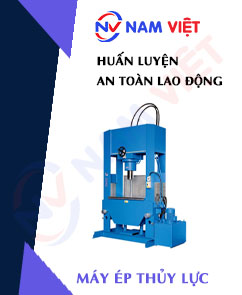
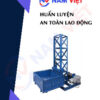
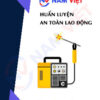



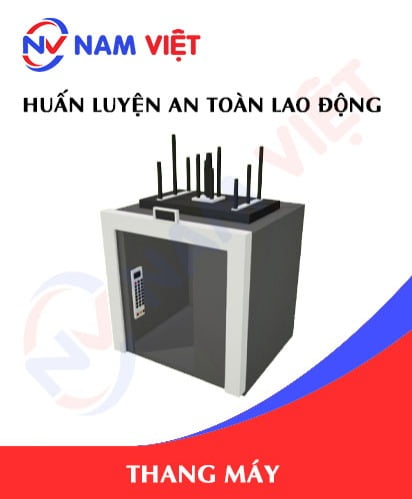

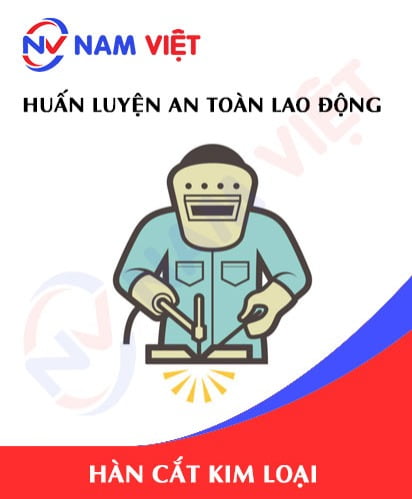
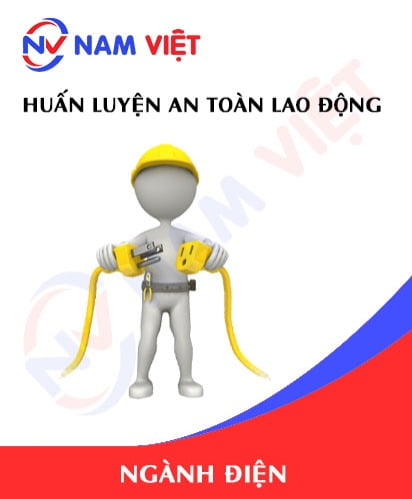

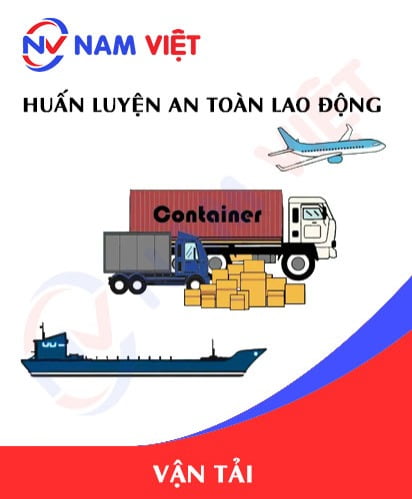
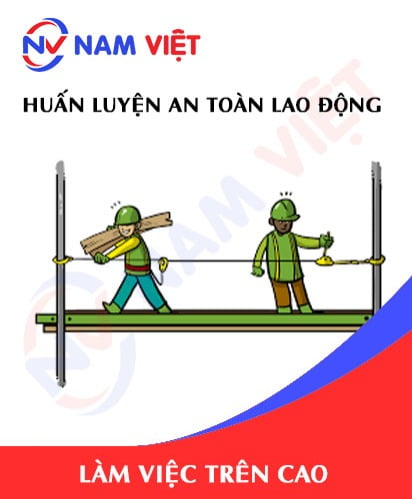

phanminhhang341
Hài lòng với cách tổ chức lớp học